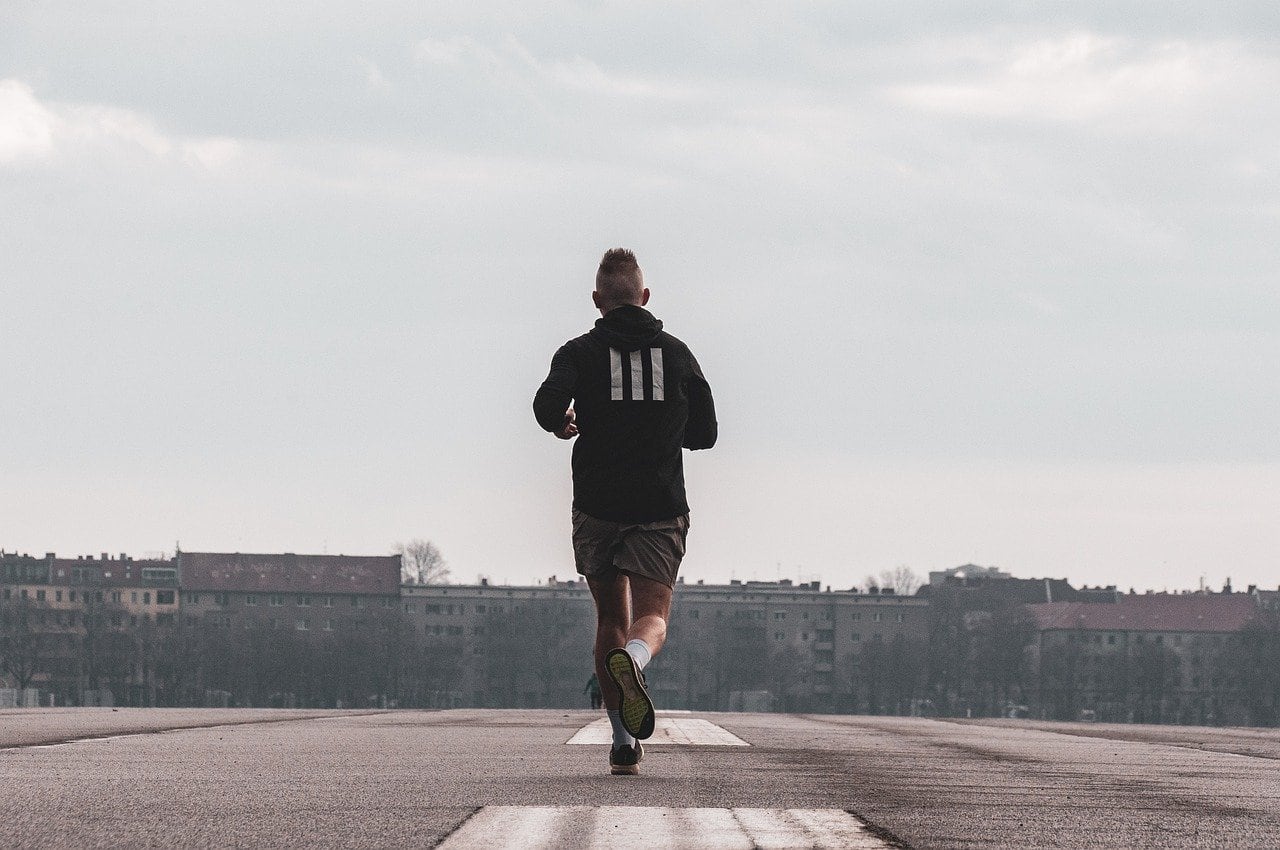
Researchers recently delved into how cannabis, particularly THC and CBD, influences exercise. This study, launched a decade after Colorado’s trailblazing legalization of recreational marijuana, involved 42 runners. It presents a fresh look at the effect of cannabis on physical activity.
The study, spearheaded by Laurel Gibson and Angela Bryan of Colorado University, unveiled several key insights:
- Using cannabis before exercise boosts mood and enjoyment, irrespective of THC or CBD usage.
- Cannabis didn’t improve running performance. If anything, the runners were slightly slower than usual. As such, cannabis is not a performance-enhancing drug.
- Notably, the study found that CBD users experienced a more pronounced improvement in mood and euphoria, suggesting mood elevation without THC’s known drawbacks (THC is the psychoactive compound in marijuana that gets you high).
- However, THC appeared to intensify the perceived effort of exercise, potentially linked to its impact on heart rate.
“The bottom-line finding is that cannabis before exercise seems to increase positive mood and enjoyment during exercise, whether you use THC or CBD. But THC products specifically may make exercise feel more effortful,” said first author Laurel Gibson, a research fellow with CU’s Center for Health and Addiction: Neuroscience, Genes and Environment (CU Change).
Participants chose between a CBD-centric or THC-centric strain of cannabis. They then underwent treadmill runs in both sober and post-cannabis states. Researchers evaluated the runners’ motivation, enjoyment, perceived exertion, time perception, and pain.
Although recreational cannabis has been legal in the state of Colorado for many years now, the herb is still technically illegal at the federal level. As such, the researchers were not legally allowed to perform their study on campus. The workaround was to use a “CannaVan”, an aptly named mobile laboratory that the researchers used to distribute the cannabis products to the participants, which they used at home.
The findings clearly indicate that cannabis may not bolster athletic performance — participants were slower under its influence — but it significantly heightens exercise enjoyment. Interestingly, this challenges the traditional notion of cannabis turning people into couch potatoes. Although there’s something to be said about the participants being motivated to complete this trial (some of them are ultrarunners), a different 2021 study involving over 2,000 light, moderate, frequent, or non-current cannabis users found that “sedentary behavior did not significantly differ from non-current users.”
What’s the deal with runner’s high?
The new study may also provide a new perspective on the ‘runner’s high,’ a state of euphoria reported by runners.
The concept of runner’s high has traditionally been linked to the release of endorphins, natural painkillers produced by the body. However, recent research suggests a more significant role for endocannabinoids, smaller molecules that can pass the blood-brain barrier more easily than endorphins. These molecules increase in the bloodstream during prolonged exercise, correlating with the feelings of euphoria and pain relief associated with runner’s high.
Endocannabinoids are simply cannabinoids produced by our own bodies during certain physiological states. THC and CBD are cannabinoids, for instance, although the human body doesn’t produce these exact compounds. Evolutionarily, the appearance of endocannabinoids in vertebrate animals predates that of Cannabis sativa by about 575 million years.
Cannabis, which mimics these natural substances, could enable athletes to achieve or intensify this state, though it does carry risks such as dizziness and imbalance.
As such, these findings suggest that cannabis could be used as a motivator for exercise, particularly for individuals who struggle with motivation or pain. The researchers believe that, in some situations, low-dose cannabis products may make exercising more appealing for those who struggle with such tasks.
“Is there a world where taking a low-dose gummie before they go for that walk might help? It’s too early to make broad recommendations but it’s worth exploring,” Bryan said.
The findings appeared in the journal Sports Medicine.


